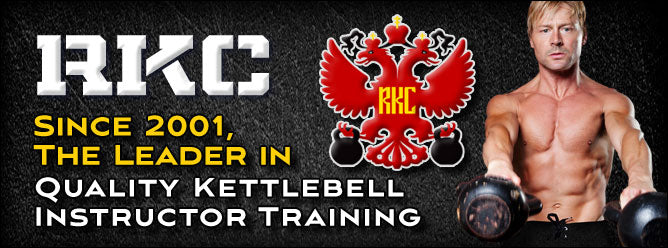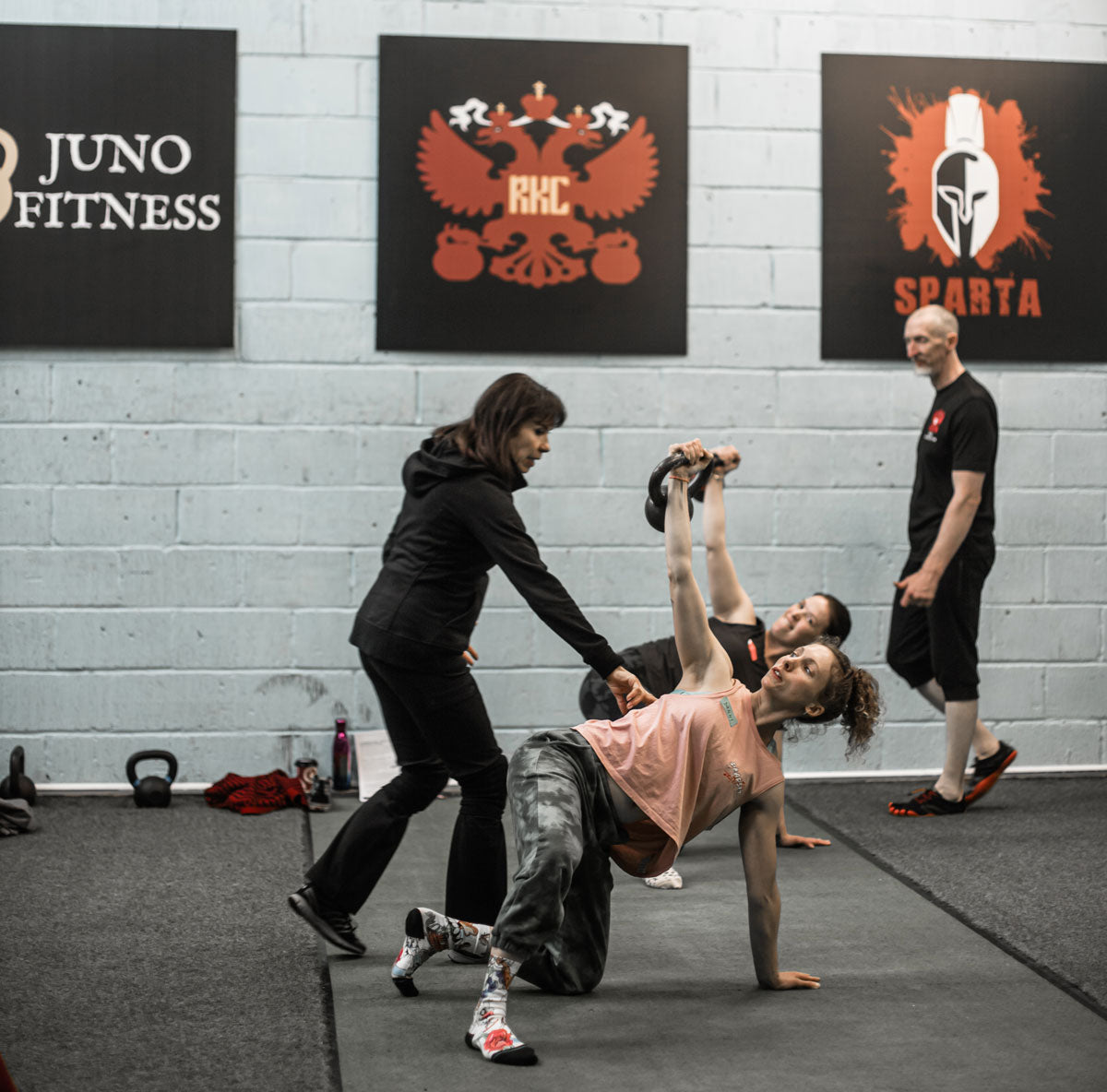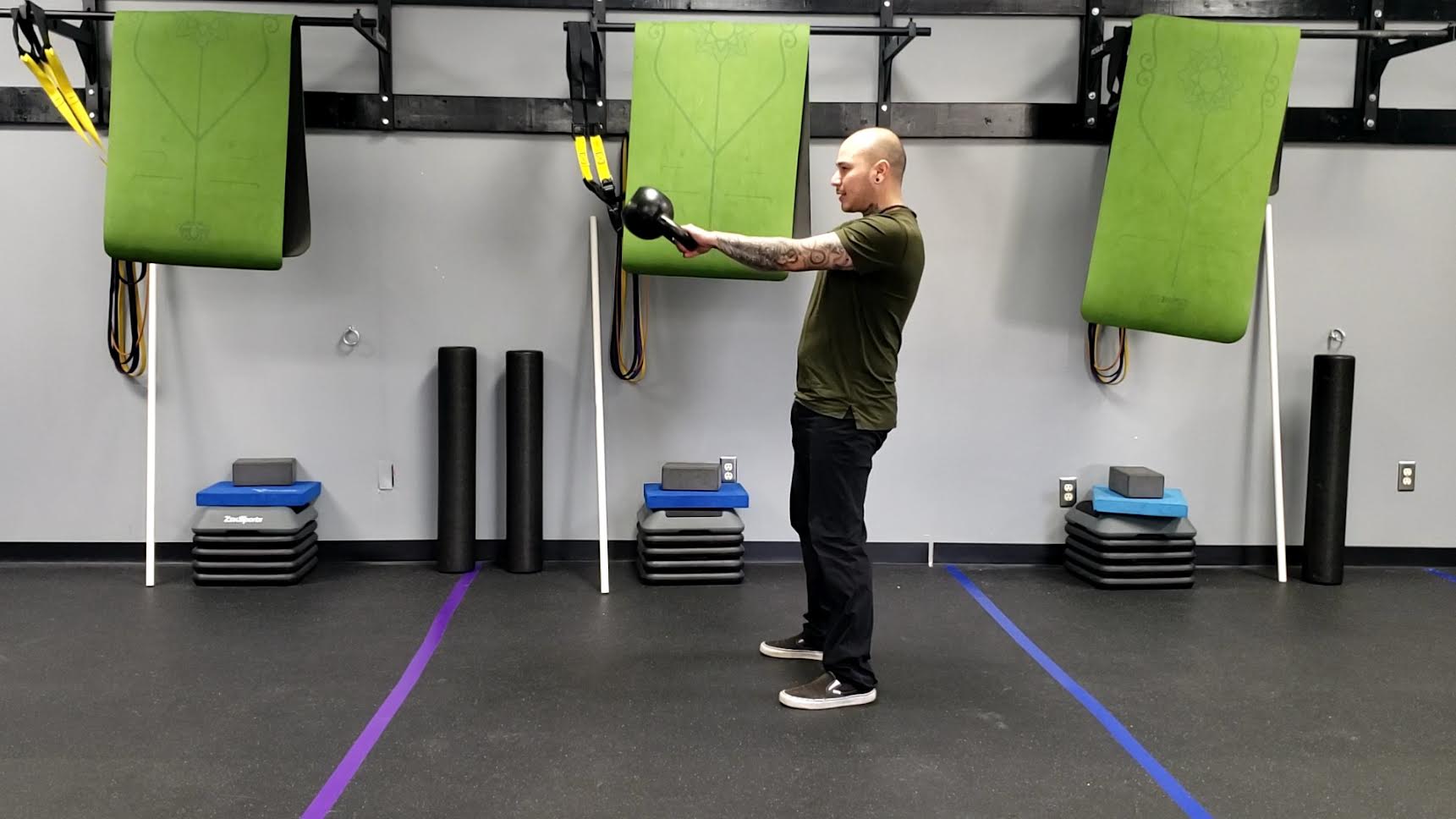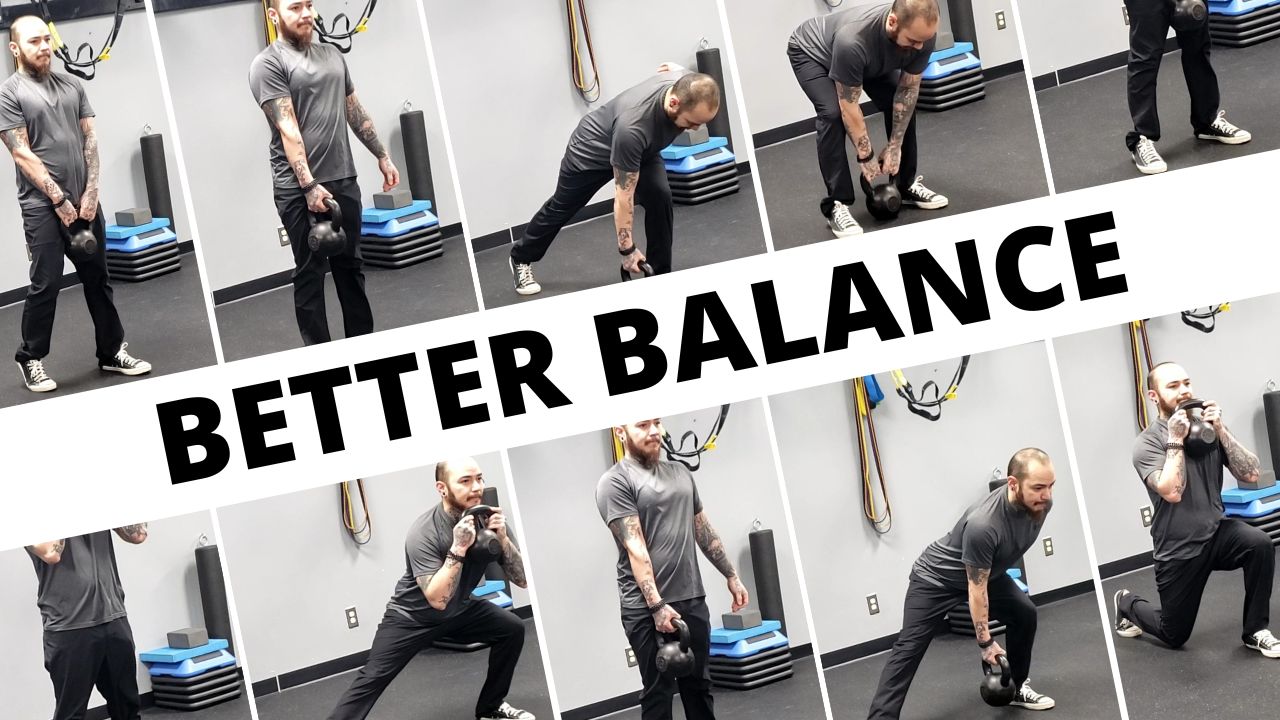Here is your opportunity to become a trainer who gets consistently exceptional results for their clients, be it in weight management, athletic performance, foundational strength—or building a superb physique, at any age.
With the kettlebell’s growing popularity as the exercise tool "that does it all"—be it for the professional athlete or the everyday fitness enthusiast looking for a more effective workout—there's a rising demand for highly skilled and competent kettlebell instructors.
For the RKC Curriculum’s complete Table of Contents click here now. The RKC Manual itself is the gold standard for kettlebell instructor certification manuals, with 127 pages of highly practical, user-friendly information.
Get all this and more when you attend The RKC Workshop:
-
Master the world's premier, cutting-edge strength and conditioning system
-
Fine-tune your technique—as you elevate your kettlebell power to unprecedented heights
-
Dramatically accelerate your own and your clients' acquisition of elite strength skills
-
Achieve a higher level of "trouble-shooting" ability as a trainer
-
Get a tool box of unique remedial drills to correct major and minor imperfections in lifting form
-
Experience powerful, instructor-led workouts—a phenomenal way to demonstrate different training techniques and the endless variations of kettlebell use

-
Mix with instructors and fellow students to absorb additional strength training perspectives and applications
-
Learn how to successfully instruct newbie, "high-learning curve" clients
-
Understand how to tailor kettlebell training to best fit the individual client
-
Get specific tips to more effectively teach kettlebells to women
-
Learn how to integrate kettlebells with other types of training
-
Gain hands-on guidance, correct unknown flaws in your own technique—to transform your athletic performance
-
Eliminate the compromise between power and safety—by mastering unique alignment techniques that channel the force away from your joints
-
Instantly "lighten" heavy weights—with dramatic, little-known, high-tension techniques
-
Master the skill of 'relaxed tension' for going the distance with power
-
Discover the little-known breath technique which dramatically boosts your stamina and endurance
-
Eliminate "power leakages" in your muscles to greatly improve your strength
-
Learn breakthrough techniques to overcome sticking points

-
Develop a warrior-like resilience—to endure and overcome the toughest challenge
-
Discover how to train without pain around a variety of injuries—and neutralize the apparent deficiencies of a "high-mileage" body
-
Amplify your lifting power with martial arts "rooting" techniques
-
Discover how to improve your mobility and flexibility with kettlebells
-
Boost your efficiency and generate greater results with fewer exercises
-
Discover the real secret of "core training"—to unleash dramatic new levels of power
-
Help your clients successfully employ the secrets of abdominal pressurization—within minutes—for a tremendous boost to their strength
-
Understand the finer points of "power breathing"
-
Learn kettlebell applications for elite cardio-respiratory endurance
-
Know how to get a top-of-the-line whole-body workout with just one kettlebell
-
Learn the key skill of shock absorption—for harder, yet safer athletic applications
-
Correct deficiencies and fill the gaps in your personal kettlebell training
-
Receive invaluable lessons on how to apply kettlebell lifting to sports, combat, and life's worst surprises
-
Receive a thorough, detailed, clear instructor manual, packed with kettlebell information you'll get nowhere else
And Get These Additional Business Benefits of RKC Certification
-
Receive free referrals from Dragon Door's national customer-network
-
Receive a free three-year listing of your training-contact information on Dragon Door's website
-
Receive an automatic 20% wholesale discount on all kettlebell purchases for three whole years
This course qualifies for 2.5 ACE CECs and 1.9 NASM CEUs
"I am the owner of a physiotherapy practice and strengthening is an integral part of recovery. Unfortunately, I have found that most conventional strengthening systems are impractical for most of my clients for various reasons. I had excellent results personally with kettlebell training and felt that it would be applicable to my clients as they are available in a variety of weights.
Like most everything I have experienced from DragonDoor, the course exceeded my expectations. Since the course, I have successfully used the kettlebells for rehabilitation. I have also run up to three classes per week after work hours at a local gym because of the buzz that has been created. I should note that there have been no injuries in the past year and a half since I started teaching, which is remarkable considering many of my students are also clients who have been recovering from injuries.
Although I have never advertised these classes, I am already busier than I want to be with teaching due to the word of mouth generated by my students. This exposure certainly hasn't hurt my physiotherapy practice either.
The kettlebells have solved my previous dilemma of effective exercise prescription and I truly believe have started a lot of people who otherwise would never before participated in an exercise program down a lifelong path of better health and fitness.
I now feel like I am a complete health care provider with the skills I can pass along as a kettlebell instructor."—Keith Weber, BScPT, RKC, Red Deer, Canada
"The RKC was an intense learning period for exercise practice that you can't get anywhere else with people you probably couldn't find together in one group if you searched a lifetime. Excellent and thorough knowledge by all instructors. Scope is probably the broadest I have ever dealt with. Practical use is excellent." —Bud Jeffries, Author, Lakeland, FL
Athletic Achievements, training background or specialty:
Competitive Powerlifter, Strongman, Full Contact Fighter, Highland games competitor & kettlebell lifter. State, regional, national and world records in Powerlifting. Martial arts discipline, shootfighting, jujitsu & tae kwon do. Titles in powerlifting, strongman, highland games and kettlebells
"A really complete and well structured course: Theory, practice, review, marketing. Nothing is left! Top quality of information." —Mario Civalleri, Fitness Consultant, Cantu , Italy
Athletic Achievements, training background or specialty:
Former National Level bodybuilder, 1999 Powerlifting World Champ, Former Paratrooper.
"Since I am a gym owner, I have been to a lot of different workshops: this one is by far the best. The quality of instruction and level of attentionis second to none. This is the highest quality of instruction I have ever had, and I have been to some excellent workshops.
There is tremendous depth and it is extremely practical for anyone in athletics or just looking to get in shape. This workshop accomplished everything and more that I was hoping for." —Thomas Phillips, Special Education Teacher/ Owner personal training studio, Tinton Falls, NJ
Athletic Achievements, training background or specialty:
2002 Body-for-Life Grand master Champion. Certified personal trainer, sport specific trainer, certified stretching coach. Motivational speaker for EAS transformation camps. Owner of personal training studio, featured in Muscle Media, 4 times. Outside magazine, various local TV networks, various newspapers. Former basketball, baseball, cross country, boxing and various other sports competitively.
"Informative and overall a great experience. I think every trainer and coach should be required to take this course! Quality of instruction was top-notch. By far the most challenging and in depth training course I have taken, (and I have taken a lot or courses.) —Ryan Lee, Fitness Entrepreneur
Athletic Achievements, training background or specialty:
10 years as a trainer and coach (sports med and HS strength coach) Track and Field sprinter — state champion in college. Specialize in online training and consulting.
"The RKC was incredible. I learned a ton and it had taken my own personal strength and conditioning training to the next level. An awesome fund of knowledge & insight. They are doing to kettlebells/strength and conditioning what George Washington Carver did with the peanut." —Luc Readinger, Physician, Minneapolis, MN
"It was the best decision that I have made in many years in regards to advancing my personal fitness levels and career. The course was far beyond what I expected. All of the instructors are top shelf and exude what kettlebell and hard style strength training is all about. To use one word: Outstanding!
I'm a strength coach and have studied with some brilliant people and the knowledge of the RKC Instructors are just as or even more knowledgeable as they are. I learned from each and every instructor. The information is practical, universal, and extremely effective. It has been life changing as far as I'm concerned." —Terrence Thomas, Health, Sports Conditioning, Rehab Consultant, Miami. FL
Athletic Achievements, training background or specialty:
I have been an athlete all my life. From a nationally ranked sprinter as a youth to HS wrestling and football, to martial arts.
Workshop price does not include room & board or meals.
A map for the location and a list of convenient hotels/motels will be provided to all registrants.
Workshop Site Cancellation
Workshop sites may be cancelled up to 7 days prior to the beginning of the scheduled workshop session for any reason. When a workshop is cancelled or postponed, candidates will be notified immediately and will receive a complete refund of all workshop fees or be allowed to transfer at no penalty to the new dates or another course of their choosing without penalty.
Refunds for credit card transactions processed online will be refunded back to the credit card within 2 weeks after the cancellation. If workshop registration was not completed online or the refund cannot be processed online, a refund check will be mailed within 4 to 6 weeks after the cancellation.
If cancellation is required, Dragon Door is not responsible for any expenses (travel or lodging) incurred beyond the registration fees. For your protection, we recommend against making non-refundable travel plans.
Note: We will be providing you with kettlebells to practice with at the training, but these kettlebells are not included in the price of the certification.



 The kettlebell is the ultimate tool for independently-minded individuals looking to take charge of their own health and strength. The kettlebell gives you more health, strength and conditioning benefits than you’ll get from a whole facility full of equipment.
The kettlebell is the ultimate tool for independently-minded individuals looking to take charge of their own health and strength. The kettlebell gives you more health, strength and conditioning benefits than you’ll get from a whole facility full of equipment. The RKC Curriculum Teaches You:
The RKC Curriculum Teaches You:









